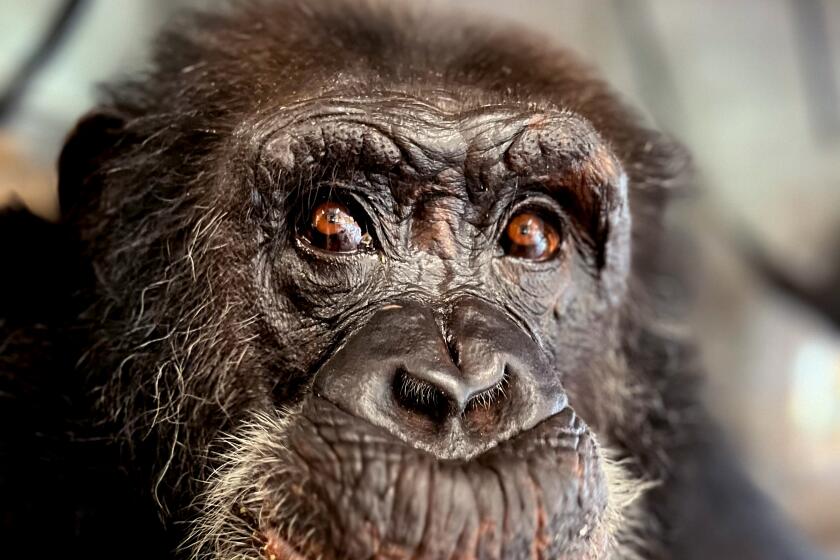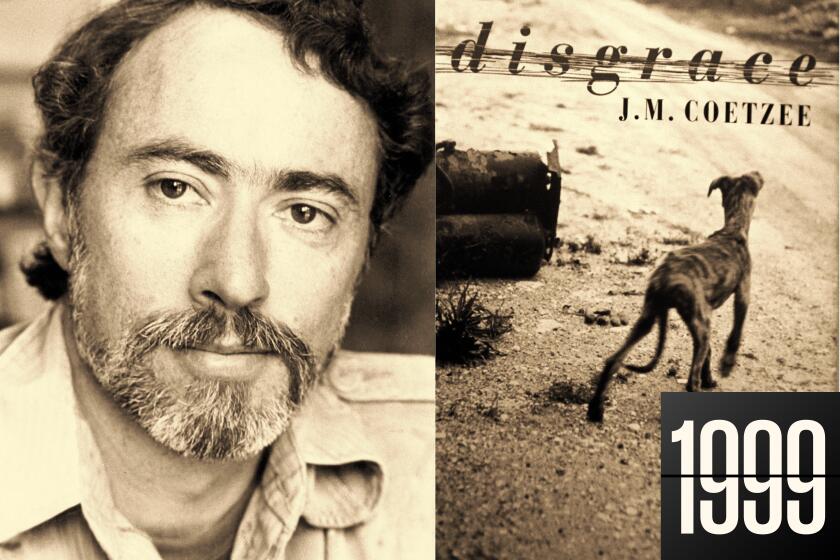File them under early modern
HOW many times have you walked into an art show and heard someone grumble, “My kid could have done that”?
Sorry, but kids and their teachers did make much of the art in “Inventing Kindergarten,” a book by Norman Brosterman and an exhibition presented at Art Center College of Design’s Williamson Gallery in Pasadena, in partnership with the Los Angeles-based Institute for Figuring.
Many of the diminutive artworks -- made by folding or weaving colored paper, stitching on cardboard, arranging parquetry tiles or building with wood blocks -- may look as if they emerged from the studios of modern art and architecture luminaries. But they were made more than 100 years ago by young children and their teachers who adhered to a precise method of learning-through-play devised by 19th century German educator Friedrich Froebel.
Known as the creator of kindergarten, Froebel viewed the crystal as the archetypal form that could reveal the complexity of the world. He designed an extensive series of educational toys to teach kids about art, design, mathematics and nature. Brosterman, who has made a study of Froebel’s methods, has found parallels in modern art.
We’ve paired kids’ works with the masters they evoke. Can you tell which is which? Answers are at the bottom the page.
-- Suzanne Muchnic
More to Read
The biggest entertainment stories
Get our big stories about Hollywood, film, television, music, arts, culture and more right in your inbox as soon as they publish.
You may occasionally receive promotional content from the Los Angeles Times.










